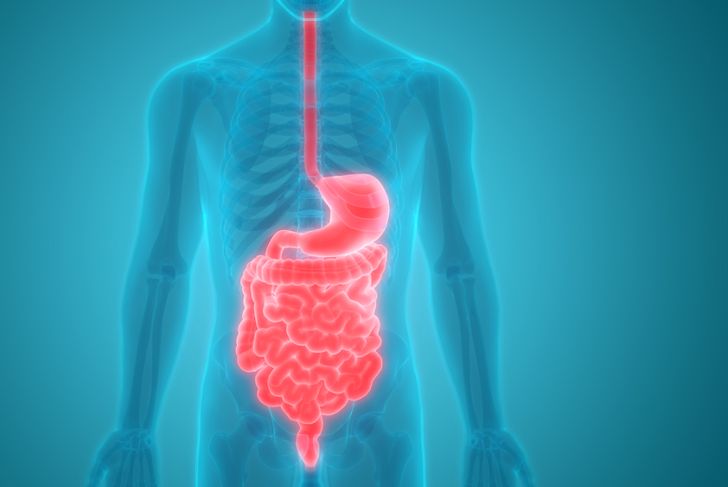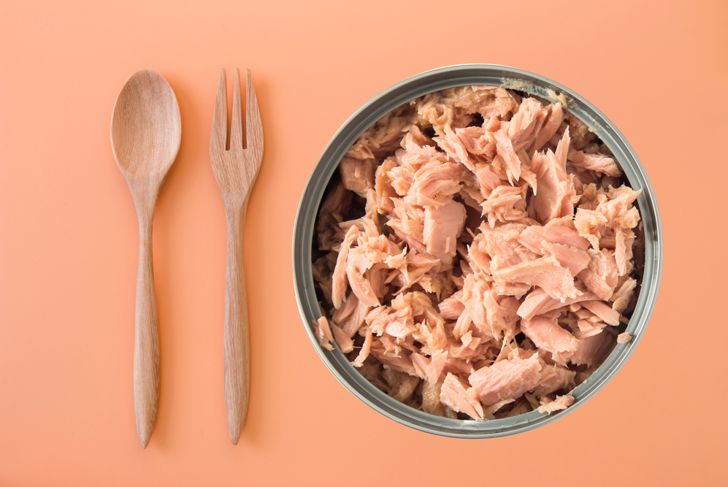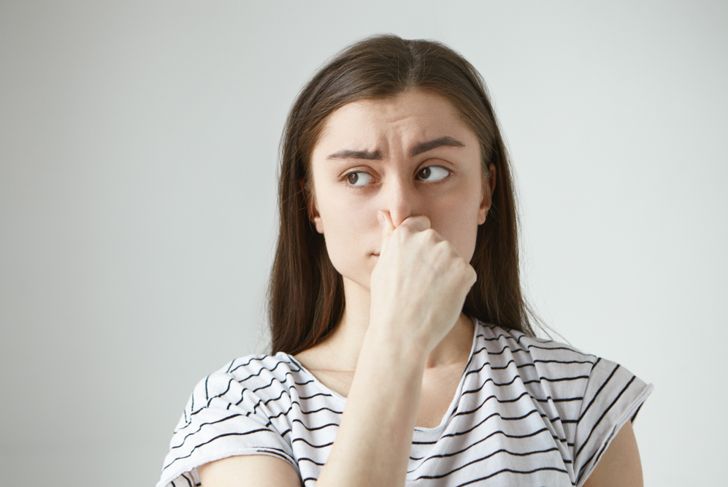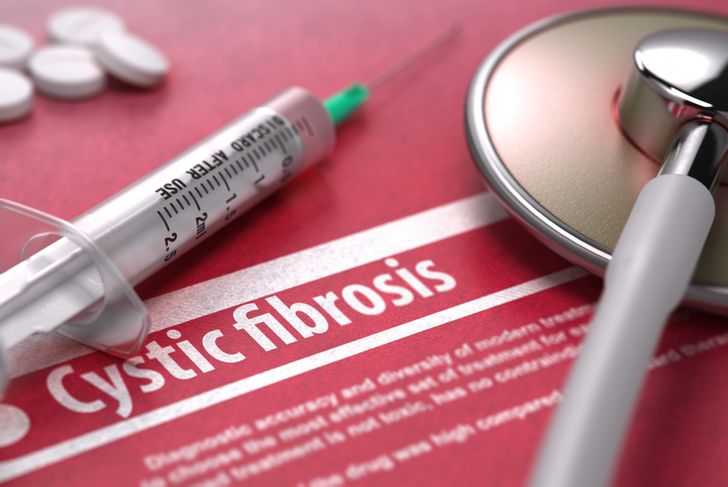As the human body ages, you’re going to begin seeing changes occurring that you hadn’t anticipated. For many people, these changes are often observed through changes in your bowel movements. It’s good advice as observing these changes may quickly tell you that it’s time for you to see a doctor. By doing this regularly, you’ll be able to share your observations with your physician and possibly help them with their diagnosis. One of these observances may turn out to be steatorrhea or fatty stool.
What is Steatorrhea Or Fatty Stool?
The stool is for the most part comprised of water but is also a combination of bacteria, mucus, protein, salts, fiber, cell linings and finally fat. When your stool has too much fat, it’s likely that you have steatorrhea which is generally a sign of malabsorption. It’s also possible that your body is failing to create the bile and enzymes which aid in the digestive process. If you suspect that you may have a fatty stool, it’s vital that you see a doctor so that he or she can treat the underlying cause of this malabsorption or lack of digestive needs.
Steatorrhea By Itself Is Not Usually A Major Problem
Steatorrhea is often a very temporary condition and can even be caused by a single meal that was quite high in fat, fiber or potassium oxalate. Thankfully it can clear up quite quickly. Again, many underlying and significant underlying causes require medical attention, but many foods can cause an acute and temporary bout of fatty stool. These include nuts, high-fat fish like escolar and fatty tuna. Artificial fats, excessive alcohol consumption, whole wheat, coconut oils and others can cause temporary fatty stool issues.
What Are Some Common Symptoms Of Steatorrhea?
Commonly, fatty stool present with a fouler than normal smell, pale appearance and larger than usual. Your stool will also possess a higher gas content often causing your bowel movement to float in the toilet bowl. Additionally, the stool is often covered in what appears to be grease or oil and can even include drops of oil in extreme cases in the toilet bowl. Diarrhea, gas, and weight loss can also present as symptoms beyond stool appearance.
Lactose Intolerance Is A Common Cause
One the most common causes of steatorrhea is lactose intolerance. Lactose intolerance rarely comes at birth but presents itself over time and sometimes gets worse each year. It’s far from severe and dealt with with a change of diet. The body’s inability to break down lactose found in milk, yogurt, and other dairy products cause it.
Alcohol Intake Can Lead To Fatty Stool
Excessive alcohol consumption is a common cause of steatorrhea. While there are studies that show some benefits of alcohol consumption, these studies never show any good coming from the excessive use of alcohol. A glass of wine each day may be beneficial but certainly not two bottles. In addition to other problems, alcohol does harm the kidneys and the liver and their lack of healthy function will cause steatorrhea.
Peter Forest / Getty Images
6. More Serious Underlying Conditions
Unfortunately, steatorrhea can be caused by some considerably more severe health issues including cystic fibrosis, chronic pancreatitis, Whipple Disease or Crohn’s Disease. Each of these will need to be looked at by your doctor and treated with medications, usually for life, as well as serious lifestyle changes suggested by your physician.
Diagnosing Steatorrhea
A qualitative test measures the number of fat globules in one stool sample. Normal levels are fewer than 50 neutral fat globules and fewer than 100 fatty acid fat globules, both as seen under a microscope. Quantitative test you need to collect stool samples from somewhere between two and four days. Both of these tests will measure the presence of fat in the stool under a microscope.
Additional Testing For Fatty Stool
Your doctor may look to additional testing in his or her diagnosis. A D-Xylose absorption test measures the D-Xylose sugar levels in your blood or urine. Most importantly for your doctor is your help and providing them with a complete medical history in the hopes of finding the underlying condition that requires treatment. Once your doctor has this, they will likely be ordering additional tests.
Treatment of Fatty Stool
Given the range of things from lactose intolerance to cystic fibrosis which causes steatorrhea, treatment really starts once your doctor has determined the underlying cause of causes causing the condition. Clearing up your problem if diet related is clearly easier than dealing with chronic pancreatitis which will require a lifetime of care. Hopefully, with a few dietary changes you’ll quickly be on the mend.

 Home
Home Health
Health Diet & Nutrition
Diet & Nutrition Living Well
Living Well More
More



















